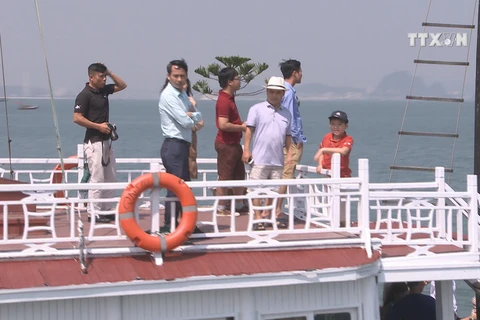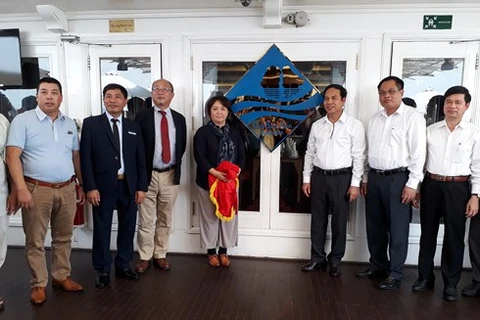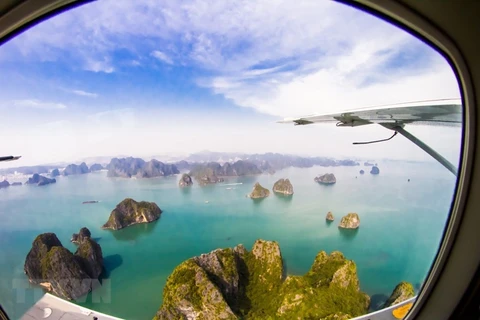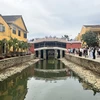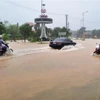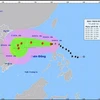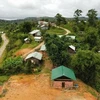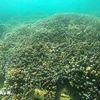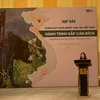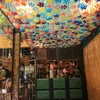Quang Ninh (VNA) – The People’s Committee in Ha Long City, in the northern province of Quang Ninh, has announced that all kinds of fishing will be banned in Ha Long Bay’s natural reserve sites as of October 1.
Only authority-approved fishing and diving activities for tourism using traditional tools will be allowed to continue.
When the decision comes into effect, violators will be strictly punished in line with regulations, which include the seizing and destroying of fishing equipment.
The move aims to boost the protection of local fishery sources, as well as the management and promotion of the UNESCO-recognised World Heritage Site.
Ha Long Bay, or “descending dragon bay”, spans 1,553sq.km and includes 1,969 islands of various sizes. It was recognised as a UNESCO World Heritage Site in 1994 and 2000, and named one of the seven new natural wonders of the world.
The bay features thousands of limestone caves and islets in various shapes and sizes.
The limestone in the bay has gone through 500 million years of formation in different conditions and environments. The geo-diversity of the environment has created an impressive biodiversity, including a tropical evergreen biosystem and an oceanic biosystem. Ha Long Bay is home to 14 endemic floral species and 60 endemic faunal species.
The heritage site has become a magnet drawing visitors to Quang Ninh.
According to the provincial Department of Tourism, on the recent National Day holiday from September 1 to 3, Quang Ninh welcomed 86,000 tourists, including 19,000 foreigners, at an increase of 20 percent and 25 percent year-on-year, respectively.
Also during the three days, 1,400 ships took more than 30,000 tourists, including 12,000 foreigners, on sight-seeing tours around Ha Long Bay.–VNA
Only authority-approved fishing and diving activities for tourism using traditional tools will be allowed to continue.
When the decision comes into effect, violators will be strictly punished in line with regulations, which include the seizing and destroying of fishing equipment.
The move aims to boost the protection of local fishery sources, as well as the management and promotion of the UNESCO-recognised World Heritage Site.
Ha Long Bay, or “descending dragon bay”, spans 1,553sq.km and includes 1,969 islands of various sizes. It was recognised as a UNESCO World Heritage Site in 1994 and 2000, and named one of the seven new natural wonders of the world.
The bay features thousands of limestone caves and islets in various shapes and sizes.
The limestone in the bay has gone through 500 million years of formation in different conditions and environments. The geo-diversity of the environment has created an impressive biodiversity, including a tropical evergreen biosystem and an oceanic biosystem. Ha Long Bay is home to 14 endemic floral species and 60 endemic faunal species.
The heritage site has become a magnet drawing visitors to Quang Ninh.
According to the provincial Department of Tourism, on the recent National Day holiday from September 1 to 3, Quang Ninh welcomed 86,000 tourists, including 19,000 foreigners, at an increase of 20 percent and 25 percent year-on-year, respectively.
Also during the three days, 1,400 ships took more than 30,000 tourists, including 12,000 foreigners, on sight-seeing tours around Ha Long Bay.–VNA
VNA

